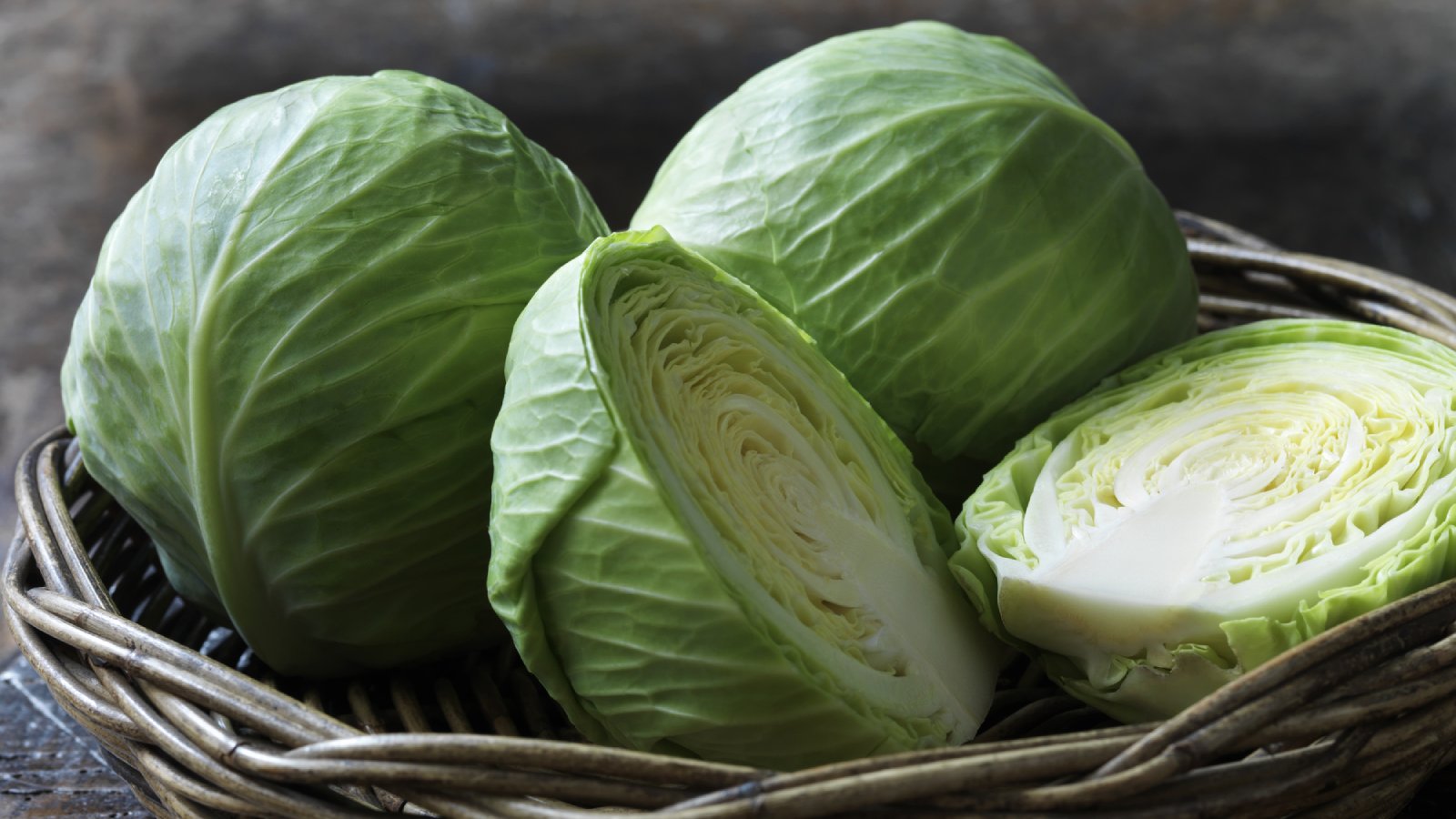Cabbage Storage Tips: What To Do With Cabbages After Harvest


Cabbage is a cool-season crop which matures in an average of 63 to 88 days. Early varieties of cabbage are more prone to splitting than longer maturing types, but weather conditions can also prompt heads to crack open. To prevent splitting, it's best to harvest cabbage when the heads are firm. Many gardeners grow cabbage for the versatility of its fresh use, let's explore the best methods for storing cabbages.
How to Store Cabbage
For home gardeners, this usually means harvesting the entire cabbage crop at once. Deciding what to do with cabbages can be problematic. Due to its strong flavor, canning cabbage is not recommended. It can be frozen and used for cooked dishes, soups, and casseroles. Sauerkraut is another popular method of preserving cabbage.
A cool, damp environment is needed for storing cabbages. A dirt floored root cellar is ideal, but a refrigerator can also work. To keep fresh cabbage usable as long as possible, store it at temperatures between 32 degrees F. (0 C.) to 40 degrees F. (4 C.). Aim for 95 percent humidity. Wrapping the head in a damp paper towel and placing the cabbage in a ventilated plastic bag will retain hydration when cabbage is stored in the refrigerator.
Proper post-harvest cabbage care can also keep cabbages fresher longer. To prevent moisture loss, harvest cabbages in the cooler part of the day and avoid leaving freshly picked cabbage in direct sunlight. Gently place cabbages in cardboard boxes or bushel baskets to avoid bruising during transport.
Unless wilted or damaged by insects, leave wrapper leaves on the cabbage head. These extra leaves protect the head from physical damage and prevent moisture from evaporating. Additionally, don't wash cabbage before storing and place the harvested cabbage heads in cold storage as soon as possible.
Cabbage Storage Tips
Choose cabbage varieties developed for storing. Cabbages such as Super Red 80, Late Flat Dutch, and Brunswick keep well in the field and are noted for their storage ability. Harvest at the right time. Immature cabbage heads as well as those that have been hit by frost or freezing temperatures don't store as well as those that are harvested at the peak of maturity. To test for maturity, gently squeeze the cabbage head. Those that are firm to the touch are ready for harvest.
Cut, don't twist. Harvest cabbage by severing the stem close to the head using a sharp knife. Twisting the stem can damage the head and reduce storage time. Don't cross contaminate. When storing cabbages in the refrigerator keep heads away from meat, meat juices, or other contaminates.
Sign up for the Gardening Know How newsletter today and receive a free copy of our e-book "How to Grow Delicious Tomatoes".
Wrap heads in newspaper. If you're lucky enough to have a root cellar, wrap the heads in newspaper and space 2 to 3 inches (5-8 cm.) apart on shelves. That way if one head goes bad, it won't spoil surrounding cabbage heads. Remove and discard yellowing or spoiled heads as soon as possible.
By following these simple guidelines, it's possible to store fresh cabbage in the refrigerator for two to three months. Cabbages stored in a root cellar can stay fresh for up to six months.

Laura Miller has been gardening all her life. Holding a degree in Biology, Nutrition, and Agriculture, Laura's area of expertise is vegetables, herbs, and all things edible. She lives in Ohio.